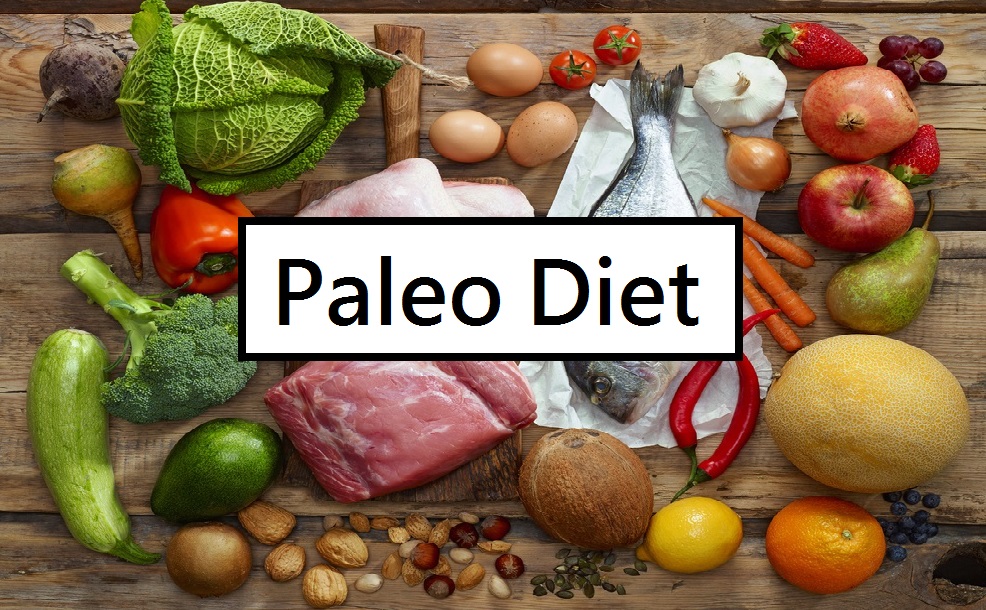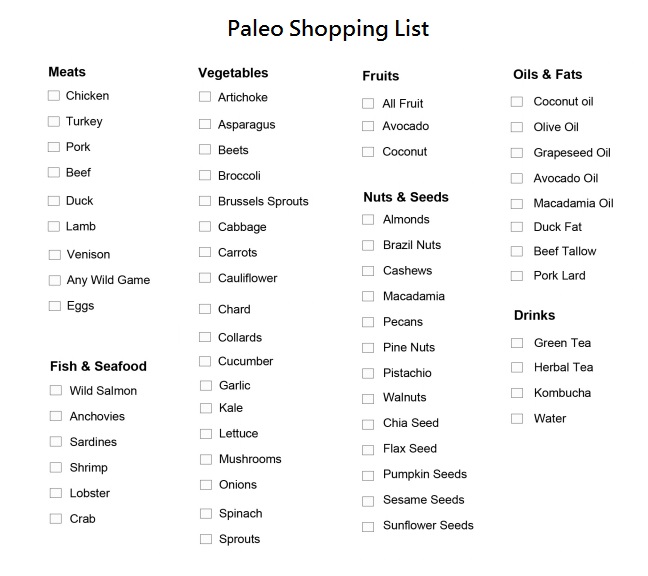
The Paleo diet is named after the Paleolithic era, covering the existence of man up until the last ~12,000 years. Also referred to as the “Caveman Diet” the concept is to eat foods that would have been available to our hunter-gatherer ancestors.
Diet “Rules”
- The Paleo diet is a typical ‘exclusion’ diet where a list of foods are seen as off-limits
- The main food group vilified are processed carbohydrates and foods that weren’t available to our ancestors
- Sweets, cookies, ice cream, pastries, cake and soft drinks are not allowed
- Legumes, grains (bread, pasta, rice) and low fat dairy are also excluded on the diet
- The diet revolves around foods that could be hunted or foraged: grass-fed meats, fish, eggs, nuts, seeds and fresh fruit & vegetables
- Typically followers of the Paleo diet lean towards low carbohydrate, high protein and moderate to high fat meals
The Basics Of Gaining or Losing Weight
Calories are units of energy and we need so many in a day to stay the same weight. That number is called your Maintenance calories, in other words you consume that many to maintain weight.
- If you eat more than your body needs that’s a calorie surplus.
- If you eat less than your body needs that’s a calorie deficit.
- A calorie surplus leads to weight gain
- A calorie deficit leads to weight loss
As with other exclusion diets, “going Paleo” is favoured as a method of weight loss because it removes a whole group of foods that are often over-consumed. By eliminating the majority of daily temptations like cookies and ice cream it’s much harder to unconsciously over-eat in a single day.

Benefits
- A high consumption of vegetables is encouraged, meaning you’re likely to meet many of your vitamin and mineral needs.
- The overall quality of food you eat is likely to be much higher, as it favours grass-fed, organic produce over processed alternatives
- Your insulin sensitivity should improve in the absence of many foods known to spike blood sugar levels
- A Paleo diet also delivers good levels of fibre from the vegetables, which benefits the digestive system and reduces the risk of certain cancers
- The focus on quality, nutritious foods mean that calorie counting is not encouraged, as you will naturally maintain a healthy weight without feeling hungry

Conclusion
While the premise might be flawed (research has shown Paleolithic man included grains in their diet e.g. oats) it’s hard to fault a diet that centres around quality, unprocessed foods in their natural form. It’s often dangerous to get in the mentality of ‘good’ vs ‘bad’ foods and many people prefer to think of the Paleo diet as a base and allow additional ‘bad’ foods as they see fit. It’s still considered a fad diet but held up against the likes of juice fasts it’s one of the better ones.

Source: Google Trends
If you’re switching from a typical Western Diet then eating fresh meat, fish, eggs, nuts, seeds, fruits & vegetables is likely to improve your health. Being aware that processed food is manufactured for profit and not human well-being is an important step to establishing a healthy way of eating. If you are looking to lose weight then make sure you are eating in a way that is sustainable in the long term and suits your tastes, schedule and lifestyle.

